Hair removal creams have become an increasingly popular choice for individuals seeking a convenient and effective method of hair removal. These creams offer a pain-free alternative to traditional methods such as shaving and waxing, making them a preferred option for many. The ease of use, combined with advancements in formulation, has contributed to the rising demand for hair removal creams across various demographics.
Table of Contents:
– Market Overview: Understanding the Hair Removal Cream Industry
– Trend 1: The Rise of Natural and Organic Hair Removal Creams
– Trend 2: Technological Advancements in Hair Removal Cream Formulations
– Trend 3: Marketing Strategies and Consumer Engagement
– Wrapping Up: Key Takeaways and Future Outlook for Hair Removal Creams
Market Overview: Understanding the Hair Removal Cream Industry
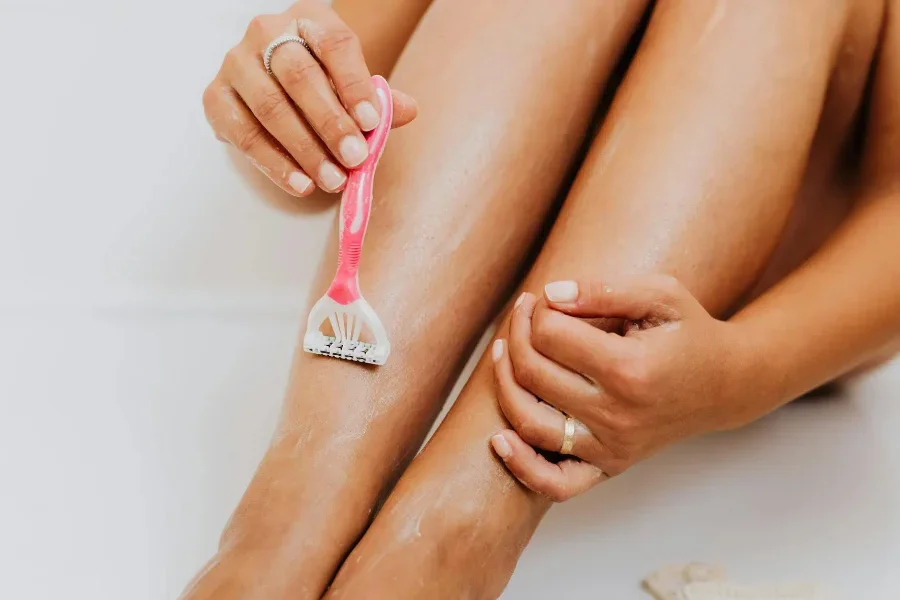
A Snapshot of Market Size and Growth
The global market for hair removal creams has shown significant growth over the past few years. According to a professional report, the market was valued at approximately USD 533.8 million in 2023 and is projected to reach USD 673.6 million by 2030, growing at a compound annual growth rate (CAGR) of 3.4% from 2023 to 2030. This growth is driven by several factors, including technological advancements in product formulations, an expanded consumer base, and a strong presence in both physical and online retail channels.
Key Players and Competitive Landscape
The hair removal cream market is highly competitive, with several key players dominating the industry. Major companies such as Church & Dwight Co., Inc., Dabur India Ltd., Gillette Venus, and Sally Hansen Inc. have established a strong market presence through continuous innovation and strategic marketing efforts. These companies invest heavily in research and development to create products that cater to the evolving needs of consumers. Additionally, the competitive landscape is characterized by the presence of numerous regional and local players who offer a variety of products at different price points, further intensifying the competition.
Consumer Demographics and Preferences
Consumer preferences in the hair removal cream market are diverse and influenced by various factors such as age, gender, and lifestyle. The market caters to a wide range of consumers, including both men and women, with women being the primary users. However, there is a growing trend of men using hair removal creams, driven by changing beauty standards and increased awareness of personal grooming. According to recent data, the demand for hair removal products among men is on the rise, contributing to the overall market growth.
In terms of age demographics, younger consumers, particularly those aged 18-35, are more likely to use hair removal creams due to their convenience and effectiveness. Additionally, the increasing disposable income and rising awareness of personal grooming among middle-class consumers are driving the demand for hair removal creams. Consumers are also becoming more conscious of the ingredients used in these products, leading to a preference for natural and organic formulations.
In conclusion, the hair removal cream market is experiencing robust growth, driven by technological advancements, a competitive landscape, and diverse consumer preferences. As the market continues to evolve, it is essential for businesses to stay informed about the latest trends and developments to capitalize on the opportunities in this dynamic industry.
Trend 1: The Rise of Natural and Organic Hair Removal Creams

Increasing Demand for Chemical-Free Products
In recent years, there has been a significant shift in consumer preferences towards natural and organic products, and the hair removal cream market is no exception. This trend is driven by a growing awareness of the potential health risks associated with synthetic chemicals commonly found in traditional hair removal creams. Consumers are increasingly seeking products that are free from harmful chemicals such as parabens, sulfates, and artificial fragrances. This shift is not just a passing fad but a reflection of a broader movement towards healthier and more sustainable living.
According to a report by WGSN, the demand for natural and organic beauty products is expected to continue rising, with consumers prioritizing products that are not only effective but also safe for their skin and the environment. This trend is particularly pronounced among Millennials and Gen Z, who are more likely to scrutinize product labels and opt for brands that align with their values of sustainability and health.
Popular Natural Ingredients in Hair Removal Creams
As the demand for natural and organic hair removal creams grows, manufacturers are increasingly incorporating plant-based ingredients known for their soothing and skin-friendly properties. Ingredients such as aloe vera, chamomile, and tea tree oil are becoming staples in these formulations. Aloe vera, for instance, is renowned for its moisturizing and anti-inflammatory properties, making it an ideal ingredient for hair removal creams that aim to minimize skin irritation.
Chamomile, another popular ingredient, is known for its calming effects on the skin, helping to reduce redness and discomfort post-application. Tea tree oil, with its antiseptic properties, not only helps in preventing infections but also soothes the skin. These natural ingredients not only enhance the efficacy of hair removal creams but also cater to the growing consumer demand for products that are gentle on the skin and environmentally friendly.
Consumer Awareness and Health Concerns
The rise in consumer awareness regarding the potential health risks of chemical-laden beauty products has significantly influenced the hair removal cream market. Health-conscious consumers are now more informed about the ingredients in their skincare products and are actively seeking alternatives that do not compromise their well-being. This shift is further fueled by the increasing availability of information through social media, beauty blogs, and online reviews, which empower consumers to make informed choices.
Moreover, the COVID-19 pandemic has heightened health concerns, leading to a surge in demand for products that support overall well-being. As a result, brands that offer natural and organic hair removal creams are gaining a competitive edge, as they are perceived as safer and more trustworthy options. This trend is expected to continue, with consumers prioritizing health and safety in their beauty routines.
Trend 2: Technological Advancements in Hair Removal Cream Formulations
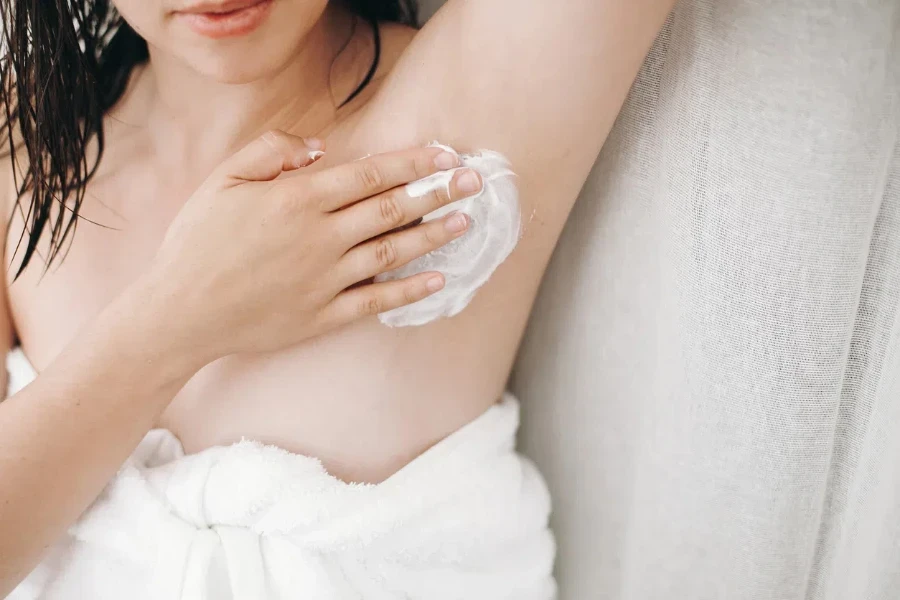
Innovations in Pain-Free and Gentle Formulas
Technological advancements in the beauty industry have paved the way for the development of hair removal creams that are not only effective but also gentle on the skin. Innovations in formulation technology have led to the creation of products that minimize pain and discomfort, making the hair removal process more pleasant for consumers. These advancements include the use of advanced emollients and skin-conditioning agents that help to soothe and protect the skin during and after hair removal.
For instance, some hair removal creams now incorporate micro-encapsulation technology, which allows for the gradual release of active ingredients, reducing the risk of skin irritation. Additionally, the use of natural enzymes and bioactive compounds has been explored to break down hair proteins more effectively, resulting in a smoother and less painful hair removal experience.
Long-Lasting Results and Skin Benefits
Another significant trend in the hair removal cream market is the focus on long-lasting results and additional skin benefits. Consumers are increasingly looking for products that not only remove hair effectively but also provide skincare benefits such as hydration, exfoliation, and anti-aging effects. This has led to the development of multi-functional hair removal creams that offer a holistic approach to hair removal and skincare.
For example, some hair removal creams now contain ingredients like hyaluronic acid and vitamin E, which help to keep the skin hydrated and nourished. Others include exfoliating agents such as glycolic acid, which help to remove dead skin cells and promote a smoother skin texture. These added benefits make hair removal creams more appealing to consumers who are looking for comprehensive skincare solutions.
The Role of Dermatological Research and Development
Dermatological research and development play a crucial role in the advancement of hair removal cream formulations. Leading beauty brands are investing heavily in R&D to develop products that are not only effective but also safe and gentle on the skin. This involves extensive testing and clinical trials to ensure that the products meet the highest standards of safety and efficacy.
Collaboration with dermatologists and skincare experts is also becoming more common, as brands seek to leverage their expertise in developing innovative hair removal solutions. This trend is reflected in the increasing number of hair removal creams that are dermatologically tested and approved, providing consumers with the assurance that the products are safe for use on their skin.
Trend 3: Marketing Strategies and Consumer Engagement
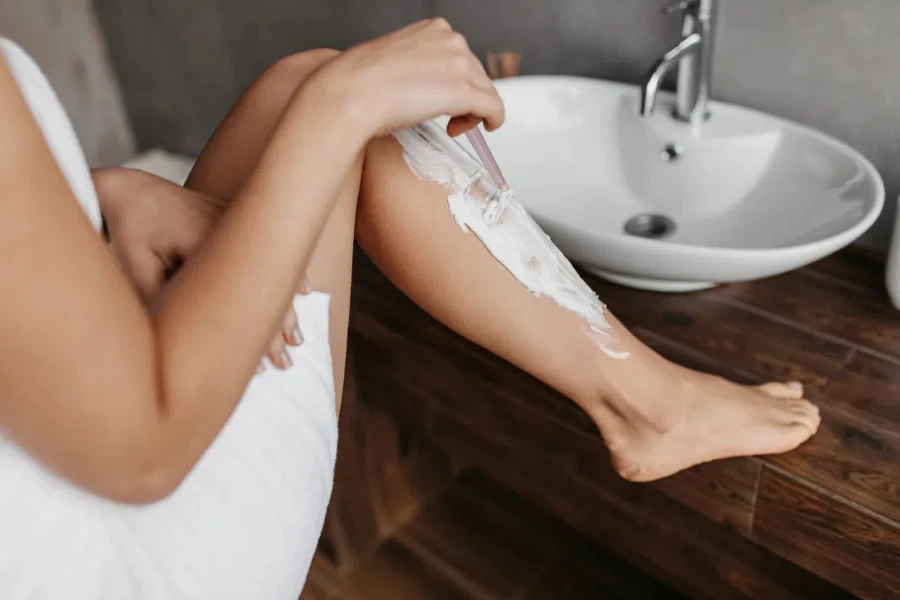
Influencer Collaborations and Social Media Campaigns
In the digital age, influencer collaborations and social media campaigns have become powerful tools for marketing hair removal creams. Brands are partnering with beauty influencers and skincare experts to promote their products and reach a wider audience. These collaborations often involve product reviews, tutorials, and sponsored posts, which help to build brand awareness and credibility.
Social media platforms such as Instagram, TikTok, and YouTube are particularly effective for engaging with consumers and showcasing the benefits of hair removal creams. By leveraging the reach and influence of popular content creators, brands can connect with their target audience in a more authentic and relatable way. This strategy not only drives sales but also fosters a sense of community and loyalty among consumers.
Personalized Marketing and Targeted Advertising
Personalized marketing and targeted advertising are also gaining traction in the hair removal cream market. With the help of data analytics and AI technology, brands can now tailor their marketing efforts to individual consumer preferences and behaviors. This involves creating personalized product recommendations, targeted ads, and customized skincare routines based on consumer data.
For instance, some brands use AI-powered tools to analyze consumer skin types and hair removal needs, providing personalized product suggestions and tips. This level of personalization enhances the consumer experience and increases the likelihood of repeat purchases. Additionally, targeted advertising on social media and e-commerce platforms allows brands to reach potential customers more effectively, driving higher conversion rates.
Customer Reviews and Online Reputation Management
Customer reviews and online reputation management are critical components of a successful marketing strategy for hair removal creams. Positive reviews and testimonials from satisfied customers can significantly influence purchasing decisions and build trust in the brand. As such, brands are actively encouraging customers to share their experiences and feedback online.
Managing online reputation involves monitoring and responding to customer reviews, addressing any concerns or complaints promptly, and maintaining a positive brand image. This not only helps to build consumer trust but also provides valuable insights into customer preferences and areas for improvement. By prioritizing customer satisfaction and engagement, brands can foster long-term loyalty and drive growth in the competitive hair removal cream market.
Wrapping Up: Key Takeaways and Future Outlook for Hair Removal Creams
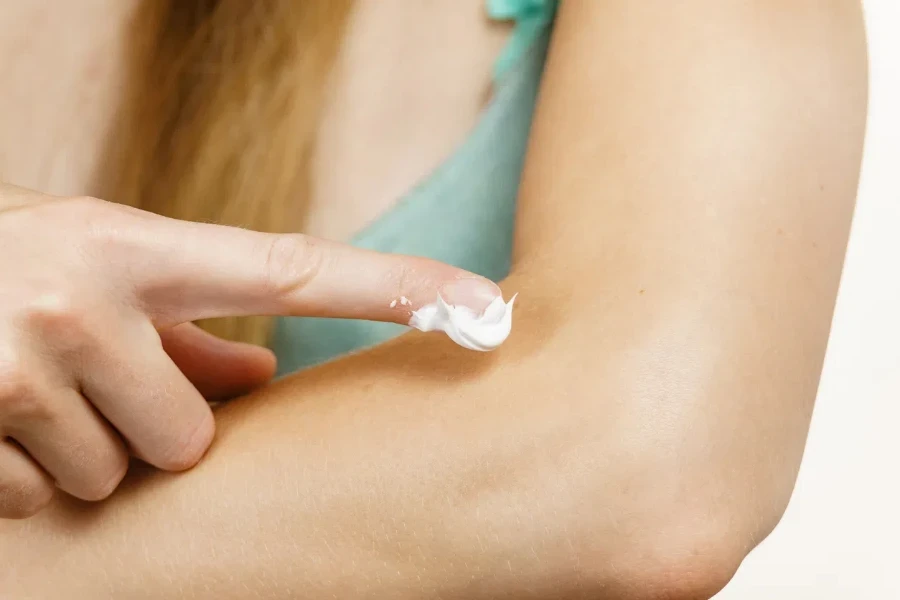
The hair removal cream market is evolving rapidly, driven by trends such as the rise of natural and organic products, technological advancements in formulations, and innovative marketing strategies. As consumers become more health-conscious and informed, the demand for safe, effective, and multi-functional hair removal solutions is expected to grow. Brands that prioritize consumer needs, invest in research and development, and leverage digital marketing will be well-positioned to succeed in this dynamic market. The future of hair removal creams looks promising, with continued innovation and a focus on holistic skincare solutions.
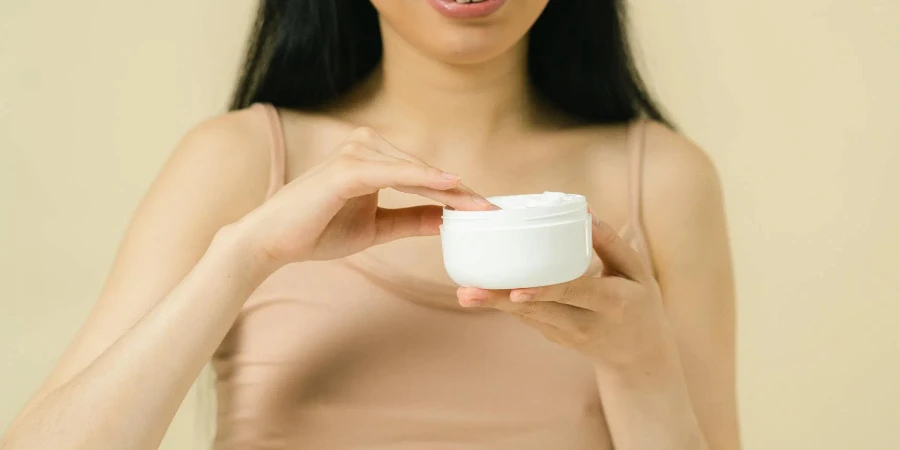




 Afrikaans
Afrikaans አማርኛ
አማርኛ العربية
العربية বাংলা
বাংলা Nederlands
Nederlands English
English Français
Français Deutsch
Deutsch हिन्दी
हिन्दी Bahasa Indonesia
Bahasa Indonesia Italiano
Italiano 日本語
日本語 한국어
한국어 Bahasa Melayu
Bahasa Melayu മലയാളം
മലയാളം پښتو
پښتو فارسی
فارسی Polski
Polski Português
Português Русский
Русский Español
Español Kiswahili
Kiswahili ไทย
ไทย Türkçe
Türkçe اردو
اردو Tiếng Việt
Tiếng Việt isiXhosa
isiXhosa Zulu
Zulu